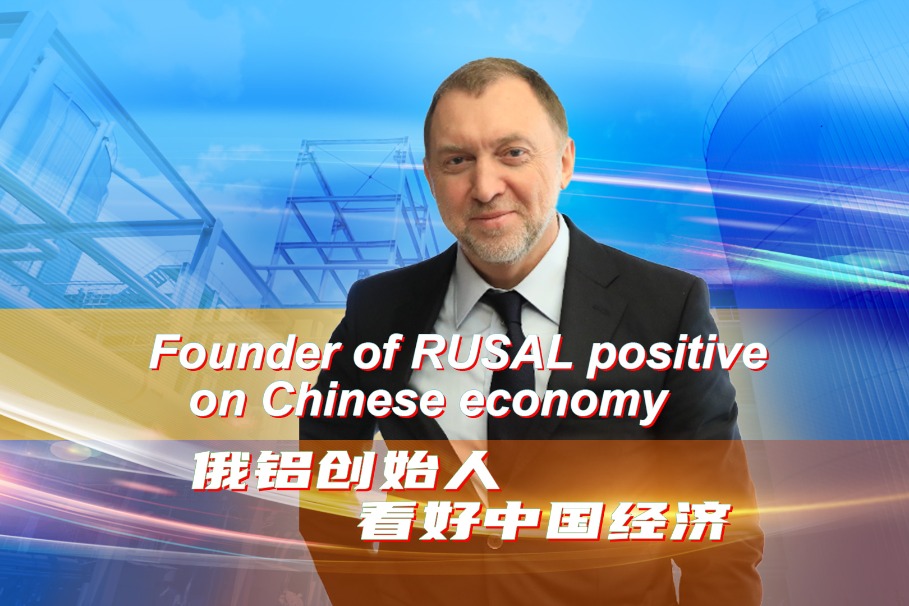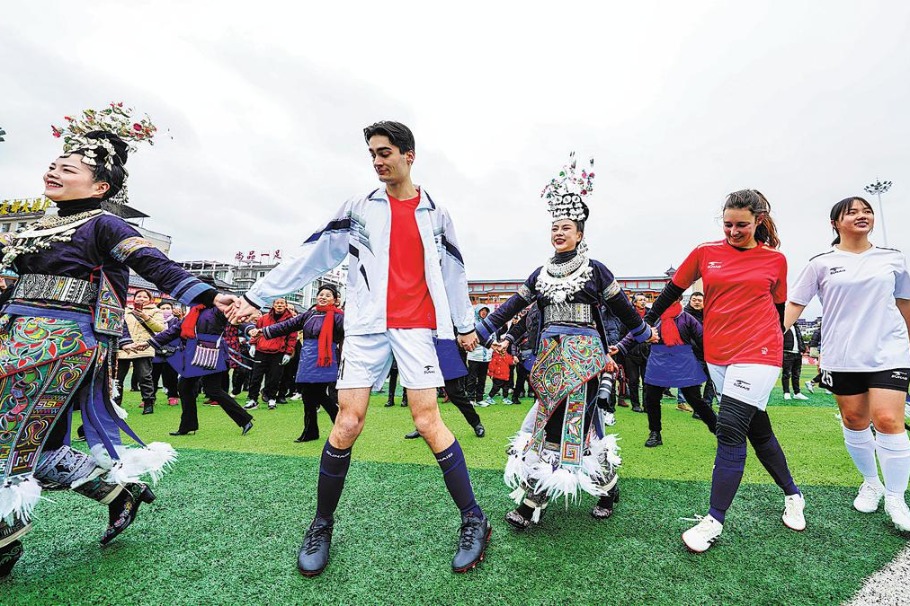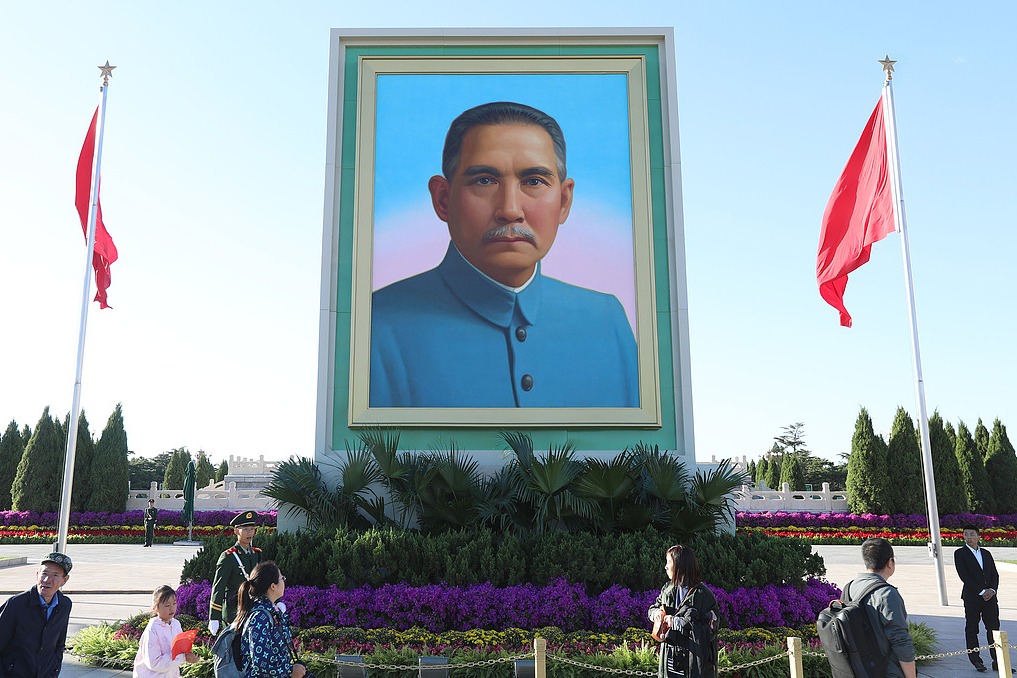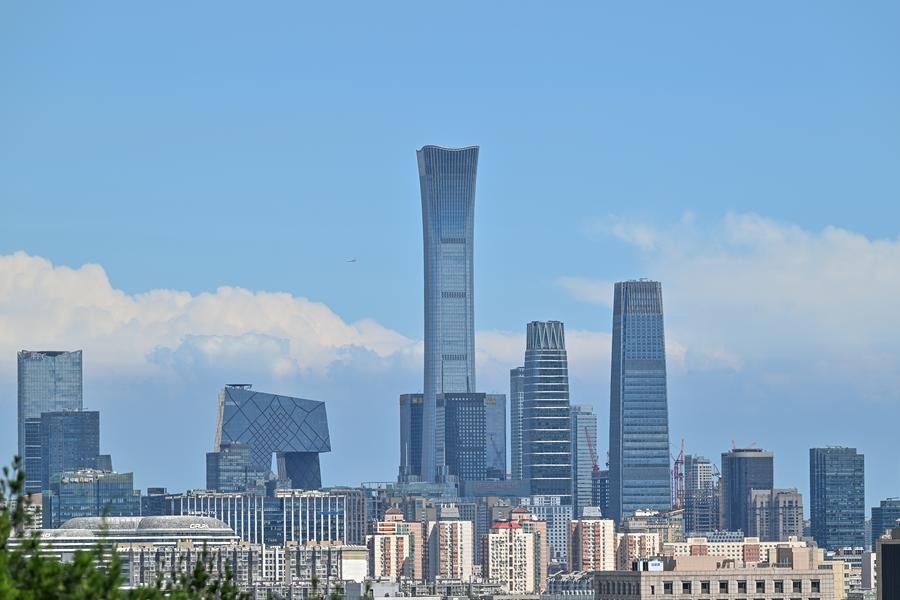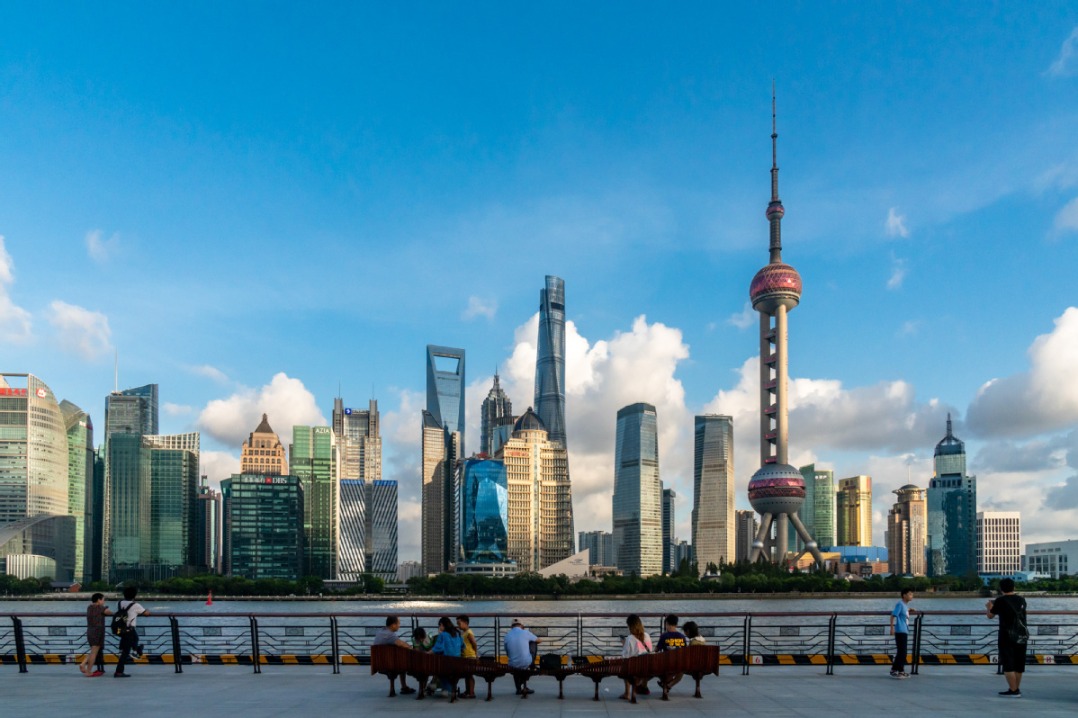Laurence Brahm: What kind of misunderstandings about Chinese civilization exist in western society?

"At that time, what overseas media reported was always China ten years ago. In the 1980s they were reporting on the 1960s, and in the 1990s they were still reporting on the 1970s and 1980s." American writer Laurence Brahm recalls how he felt when he first came to China 40 years ago. He said that China at that time was different from what he had known before, and he decided to try to record what he saw with his own eyes. Over the past 40 years, his "China Story" has covered a wide range of areas, traveling to many places and interviewing many people. In his view, when foreigners write about China, they should eventually return to writing about Chinese people, including their institutions, their lives and their culture.
Recently, in an exclusive interview with China News Service, Laurence Brahm was deeply impressed by the development and changes of China in the past 40 years. He expressed the hope that through his series of works "Searching for China", he could pass on the excellent traditional culture in Chinese history to more Western readers, break cultural barriers and achieve better communication.
Here's the excerpt of the dialogue.
Wu Xu: In your opinion, what are the essential differences between eastern and western cultural values?
Laurence Brahm: In a nutshell, the one difference between these Asian philosophies and western religions lies in a single concept. Western religion is all about duality. Asian philosophy seeks non-duality.
In Western religion it is all about opposites, polarities, exclusion, expulsion, and conflicting ideologies. In Western thinking there is only black vs. white, right vs. wrong, man vs. nature, good vs. bad, them vs. us, and so on.
Asian philosophies seek harmony and balance, equanimity and collective consciousness, and a deep recognition that man does not overcome nature, rather we exist only as a part or even sub-part of the natural world. In Chinese its called "Yang-Yin," across South Asia it is the Shiva-Shakti synergy. All of these seek to explain how we may synchronize seeming opposites into harmonious synergy like photons and neutrons in symbiotic mutually attracted orbit. Not judge and reject bilaterally. Rather embrace multilaterally.
These ancient Asian philosophies borrowed from each other and integrated ideas as they were all interlinked by the ancient Silk Road and Southern Silk Road that served not only for trade but the exchange of ideas. Somehow with all of our so-called modernity, we lost touch with philosophies and values that were in many ways more sophisticated than what we have achieved in our so- called modern times. Now, its time for us to find our roots and bring these traditions back because they can show us the way to the future.
Wu Xu: What kind of misunderstandings about Chinese civilization exist in western society?
Laurence Brahm: In my early films such as "Searching for Shangri-la," "Conversations with Sacred Mountains," and "Shambhala Sutra," I crossed remote regions of western China, searching for China's core cultural values of respect for nature, mutual respect among people and harmony with nature. In the competitive rush to get ahead and develop quickly, many of these values could not be felt in the major cities. So I went to rural areas, ethnic minority regions, searching for these values in their pure form.
Today I witness a renaissance of Chinese culture and traditional values, ironically mostly among young people. If you have deep roots, then no wind storm can blow down a tree. But if the roots are shallow, then the tree will be vulnerable in s storm. Likewise, traditional values play such an important part in the resilience of a people and nation.
To understand Chinese cultural values, look to the core pillars of Chinese culture that have been unbroken for thousands of years. Taoism is about change. Buddhism is about seeing past-present-future simultaneously and being able to turn negative situations into positive by realizing that everything is about how something is perceived. Confucianism gives Chinese people the organizational capability to respond to any situation and crisis and the longitudinal and latitudinal matrix of organization to respond to any situation and crisis. These are three aspects of the Chinese collective unconscious that are ever-present in everyone in China always and that is a resilience that no western country or people have.
Wu Xu: In your opinion, what opportunities and challenges does China's development bring to the coexistence of Eastern and western civilizations?
Laurence Brahm: I have both observed and participated in many of the reforms and policies of China to overcome challenges over the four decades living here. I have seen a consistent pattern of unity and cooperation among the Chinese people, and meticulous coordination of government policies when faced with a crisis or challenge. Experience has shown me, time and again, when a crisis occurs, China's leadership faces it with a rational clear-headedness. Something seems to kick into the subconscious of both people and they work together in synergy with the organizational institutions of government to overcome these moments of crisis.
In the Chinese language, the word for "crisis" consists of two characters: "wei" meaning "danger" and "ji" meaning opportunity. Throughout China's history, the nation and its people have responded to each crisis and challenge. They respond collectively and united in overcoming the danger of each crisis. More importantly, they turn each into an opportunity to re-build, grow and develop further.
China's past four decades of rapid economic growth it has met challenges of alleviating poverty and promoting education and economic advancement with unprecedented achievement. In 2022 China has been able to eliminate poverty altogether. China has become a model of growth and development. Adopting Ecological Civilization policy as a response to pollution and climate change crisis, China has become a global leader in renewable energy and green finance. The emphasis on smart infrastructure to achieve commerce and connectivity has become a key to the Belt and Road Initiative that has brought so many developing nations together in a matrix seeking a common shared destiny of mankind.
Another factor is the ability of the government to respond quickly to crisis through the matrix of organization that has been established from grassroots to the center of government since the founding of the People's Republic of China in 1949. This system of government organization is strong and resilient as it is built upon the common and shared characteristics of the Chinese people that have become an inherent part of their culture and cultural response to all situations. These cultural factors make the Chinese people resilient and responsive to crisis. Their positivity allows them to turn each crisis into a new opportunity.
Wu Xu: You have created "Searching for China" series of works and recorded many Chinese stories.In your opinion, how can China and the United States achieve better exchanges and mutual learning between civilizations?
Laurence Brahm: There seems to be an old formula for thawing cold relations. In 1972 Ping-Pong Diplomacy opened the door paving the way for President Richard Nixon's visit to China and a blueprint for forging diplomatic relations. It was pretty simple and straightforward at a time when world circumstances were also quite complicated. An American Ping Pong sports team came and played with China's. A conversation began around sports and good will followed.
Maybe we need a new kind of Ping-Pong Diplomacy in this era of global confusion. So how about Kung Fu Diplomacy? Sure enough, culture and sports are the fabric of people-to-people communication.
Everyone loves a Bruce Lee or Jackie Chan movie. MMA and UFC are ragingly popular now in America and many of the really great fighters come from martial arts traditions. Certainly MMA literally means mixed martial arts. It is acknowledged that the concept began with Bruce Lee who selected and combined different traditions, setting the stage for MMA with his famous fight scene in Enter the Dragon.
People across the world turn to Kung Fu and martial arts, not for fighting but for the underlying Chinese values of persistence, perseverance, respect and harmony. Kung Fu in the minds of many underprivileged and minority groups stands as a symbol of justice, of standing up against unfairness.
I recently had the pleasure of directing and writing the screenplay for a documentary feature film called "Searching for Kung Fu". Having over forty years of hard martial arts training behind me in different styles, the film was an exploration into the origins of martial arts bringing me and our film team right back to Shaolin Monastery where the legend began. The journey through China's legacy of martial arts traditions brought us to understand that it is not about fighting, but striving and there are key values that are inherent in the martial arts. These range from perseverance, loyalty, respect, roots and identity, centering, harmony with nature, flow, emptiness, and at the core of everything non-violence.
Non-violence? Many might jump up reading this and ask, what? Non- violence? Yes, non-violence. The Chinese term for martial arts is Wushu. Actually "martial" is a mis-translation. The character Wu (武) is composed of two radicals Zhi (止) which means to stop or halt, and Ge (戈) which means a weapon. So the literal translation of Wushu is the "art of halting weapons or fighting," more precisely expressed as the "art of non-violence."
Core to everything is non-violence. It is just not worth having a conflict as nobody will gain from this. So if America really adheres to the values of non- violence that Martin Luther King once spoke about, then through Kung Fu, there should be a lot to talk about and a positive dialogue can begin between China and America. Many of the world's problems could be avoided if America's congress members practiced Tai Chi every morning.
A martial artist who is trained in both the fighting techniques but also the mind management and control of emotions that comes with the cultural aspect of such training, is the last person to pick a fight, and the first to avoid one.
Hopefully that spirit will set the tone of discussions for upcoming dialogues between China and American diplomatic representatives. Values of Kung Fu should be recognized as universal values. Loyalty and respect need to be applied today more than ever. You can have a nice democracy with two parties, but when neither respect each other and only fight against each other on every issue blindly, then both sides need to learn respect.
Learning centering is also core in body and mind training to prevent one from being misled into being self-caught in intractable extremes. This applies to personal beliefs and political posturing as well.


















